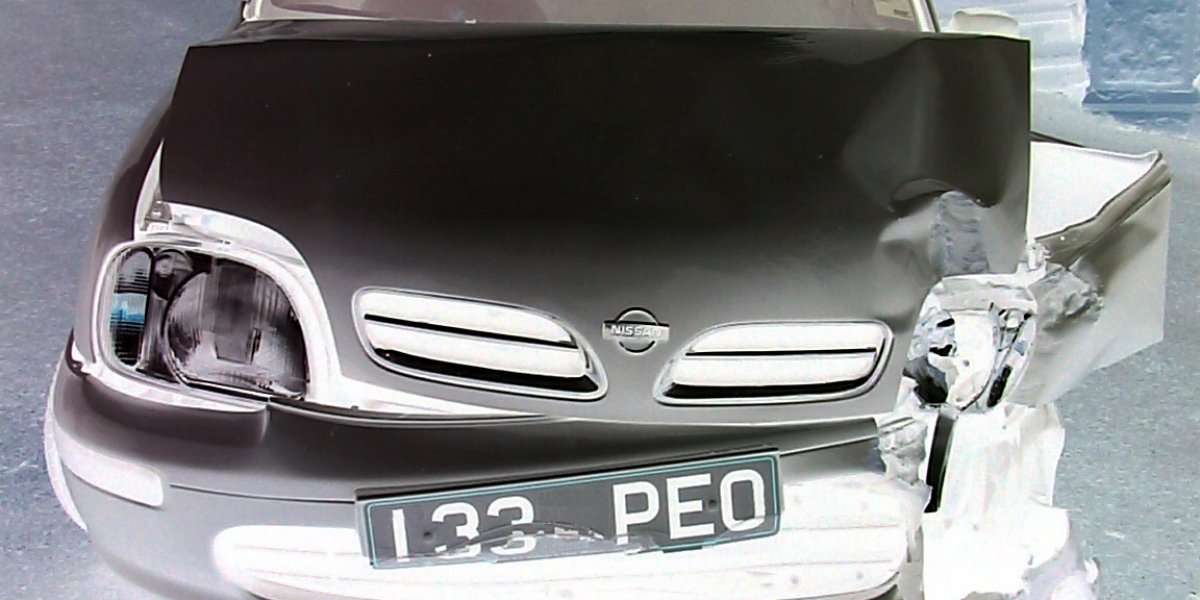When it comes to vehicle safety, modern cars are packed with advanced technologies designed to protect drivers, passengers, and pedestrians. Among these, ESP, or Electronic Stability Program, plays a critical role in preventing accidents caused by loss of control. Understanding ESP in cars and how it works can help drivers appreciate its importance and use their vehicles more safely.
What is ESP?
Electronic Stability Program (ESP) is an advanced active safety system in modern vehicles. Its primary function is to prevent skidding or loss of control, especially during sudden maneuvers or on slippery surfaces. It is sometimes referred to as Electronic Stability Control (ESC), and while the name varies, the technology and purpose remain the same.
ESP works by continuously monitoring the car’s movements and the driver’s steering inputs. If the system detects a discrepancy between the intended direction and the car’s actual movement, it automatically intervenes to maintain stability. This intervention often involves selective braking of individual wheels and adjusting engine power.
How Does ESP Work?
ESP uses a combination of sensors to monitor the vehicle's dynamics:
Steering Angle Sensor: Measures the direction in which the driver intends to go.
Yaw Rate Sensor: Detects rotational movement around the car’s vertical axis.
Wheel Speed Sensors: Monitor the speed of each wheel individually.
Lateral Acceleration Sensor: Detects sideways movement of the vehicle.
When these sensors detect that the vehicle is deviating from the driver’s intended path—such as during oversteer or understeer—ESP takes corrective actions. For instance:
Oversteer: This occurs when the rear wheels lose traction, causing the car to spin. ESP can apply brakes to the outer front wheel to counteract the spin and restore control.
Understeer: This happens when the front wheels lose grip, making the car continue straight despite steering input. ESP can brake the inner rear wheel and reduce engine power to correct the course.
These interventions happen in milliseconds, often without the driver noticing, but they significantly increase safety.
The Importance of ESP in Driving
ESP has been recognized globally as one of the most effective safety features in vehicles. According to the National Highway Traffic Safety Administration (NHTSA), cars equipped with ESP are significantly less likely to be involved in fatal single-vehicle crashes. Here are some reasons why ESP is essential:
Accident Prevention: ESP helps prevent accidents that result from skidding or losing control, particularly on wet, icy, or gravel surfaces.
Enhanced Cornering Stability: When taking sharp turns or evasive maneuvers, ESP keeps the car stable, reducing the risk of rollovers or spinouts.
Improved Driver Confidence: Knowing that ESP can assist in maintaining control allows drivers to handle emergency situations with more confidence.
Integration with Other Safety Systems: ESP works in conjunction with ABS (Anti-lock Braking System) and TCS (Traction Control System) to provide a comprehensive safety net.
ESP vs. ABS and TCS
While ESP, ABS, and TCS all enhance vehicle stability, they serve different purposes:
ABS prevents wheel lockup during hard braking, allowing the driver to maintain steering control.
TCS prevents wheel spin during acceleration, particularly on slippery surfaces.
ESP monitors overall vehicle movement and intervenes to correct both understeer and oversteer, effectively combining the benefits of ABS and TCS but taking it further by stabilizing the car during extreme maneuvers.
In short, ABS and TCS focus on individual wheels’ behavior, while ESP ensures the entire vehicle follows the intended path.
How to Know if Your Car Has ESP
Most modern vehicles come equipped with ESP as standard, but it’s always good to check. Look for a button labeled “ESP” or “ESC” near the dashboard. Some cars allow you to turn it off, typically for situations like deep snow or off-road driving where wheel slip is desirable. However, keeping ESP activated during normal driving is strongly recommended for safety.
Driving Tips with ESP
Even though ESP can prevent skidding, it is not a substitute for safe driving. Here are some tips for making the most of ESP:
Do Not Rely Solely on ESP: Drive according to road conditions. ESP helps in emergencies but cannot compensate for reckless driving.
Avoid Disabling the System: Only turn off ESP when necessary for specific driving conditions.
Understand its Limits: ESP cannot prevent all accidents, especially if the vehicle is traveling at extremely high speeds or the road conditions are exceptionally dangerous.
Maintain Proper Tire Condition: ESP relies on traction. Worn or underinflated tires can reduce its effectiveness.
ESP and Car Insurance
Cars equipped with ESP may sometimes benefit from lower insurance premiums. Since ESP reduces the risk of accidents caused by loss of control, insurers often consider these vehicles safer. This adds an indirect financial incentive for drivers to choose cars with this system.
Future of ESP Technology
With the rise of autonomous driving and advanced driver assistance systems (ADAS), ESP technology continues to evolve. Future systems are expected to integrate more closely with AI-driven sensors and cameras, providing even faster and more precise interventions. ESP will remain a cornerstone of vehicle safety, ensuring stability in increasingly complex driving environments.
Conclusion
Electronic Stability Program (ESP) is one of the most vital safety features in modern cars. By continuously monitoring vehicle dynamics and intervening when necessary, ESP significantly reduces the risk of skidding, spinning, and rollovers. Understanding how ESP works, its benefits, and its limitations can help drivers maximize safety on the road. While ESP is a powerful tool, it works best when combined with cautious driving, proper vehicle maintenance, and adherence to road safety rules. In the end, ESP is not just a feature—it is a guardian that helps keep you and your passengers safe on every journey.








